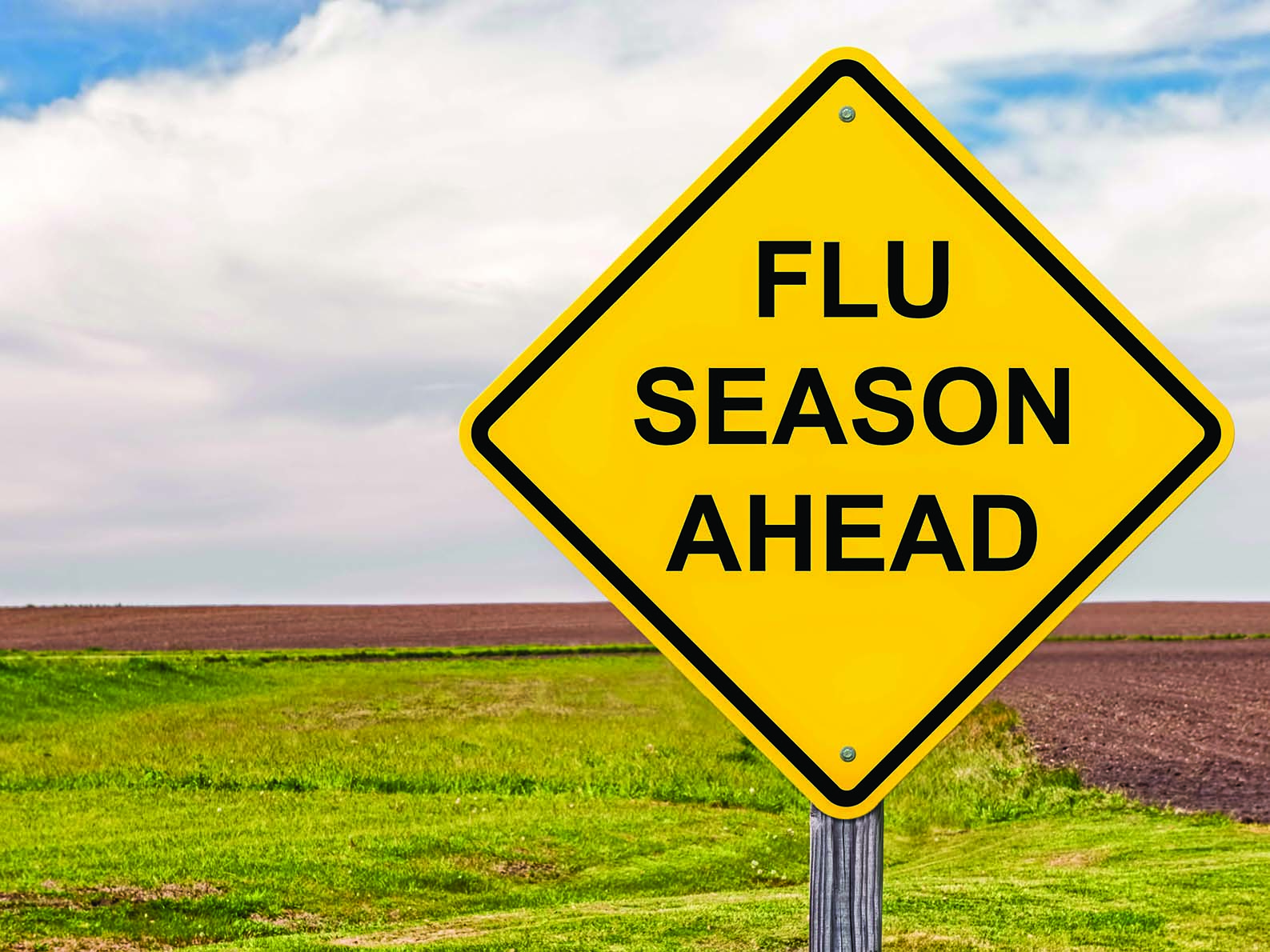The World Health Organization declared the outbreak of coronavirus a public health emergency of international concern. Despite the growing number of cases globally, local health officials say the flu poses a greater risk in San Diego.
At Scripps health clinics in East County and all of their San Diego locations, all patients are screened for traveling and anyone who has recently traveled to China and shows signs of respiratory illness is asked additional questions related to coronavirus, according to public relations manager Keith Darce.
Dr. Hai Shao specializes in infectious diseases and is affiliated with Scripps Mercy Hospital.
When it comes to coronavirus, he said he’s optimistic that it will not continue to spread in the U.S. Shao added that panic surrounding contracting the virus in San Diego is essentially baseless, noting low mortality rates and the fact that in order to get the virus you have to be within a couple meters of an infected person.
The novel coronavirus that is circulating globally is a new strain of an over arching family of viruses called coronaviruses which cause respiratory diseases after being transmitted between humans and animals, according to the World Health Organization.
Mild symptoms include a runny nose, throat, cough and fever, but the virus can also lead to pneumonia, breathing difficulties or death for vulnerable populations including older people and people with pre-existing medical conditions, according to the WHO.
The first outbreak was detected in Wuhan, China in December. According to the WHO Feb. 5 Situation Report, there are currently 24,554 cases of novel coronavirus globally with 24,363 of them being in China and 12 of them being in the U.S. The virus has led to the deaths of 491 people in China and one person in the Philippines.
Of the 12 cases in the U.S., half of them are in California, with two of them being in Southern California and four in the Bay Area. No coronavirus related deaths have been reported in the U.S. at this point.
The flu, in contrast, has led to 10,000 deaths in the U.S. so far this flu season, according to the Centers for Disease Control. In California, there have been more than 200 flu-related deaths this season, according to the California Department of Public Health.
The CDC defines flu season as the fall and winter months, with activity usually peaking between December and February. Shao said in recent years flu season has seeped into April and May, however, and it’s never too late to get a flu vaccine.
“I tell my patients getting a flu shot is like the fire department moving in next to your house,” Shao said.
He explained that if your house is on fire then the firefighters can come and put out the fire, but that doesn’t guarantee that your house won’t catch on fire — much like a flu vaccine doesn’t guarantee that you will not catch the flu, but rather softens the blow if you do catch the flu.
As far as taking preventative measures to protect yourself from the flu and coronavirus, Shao recommends that people wash their hands frequently, especially after being in public spaces, and stay informed about the latest developments














